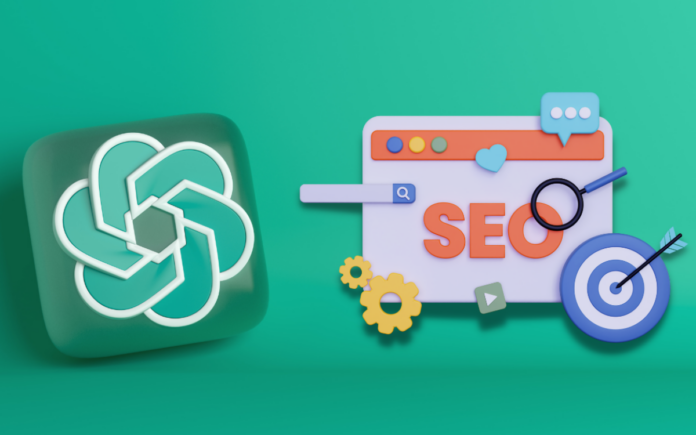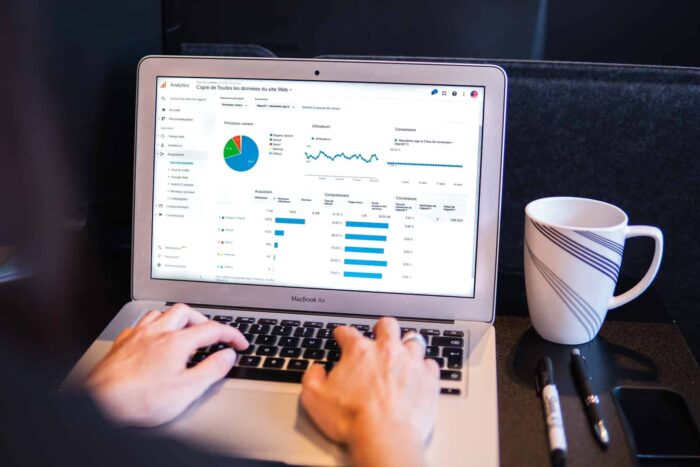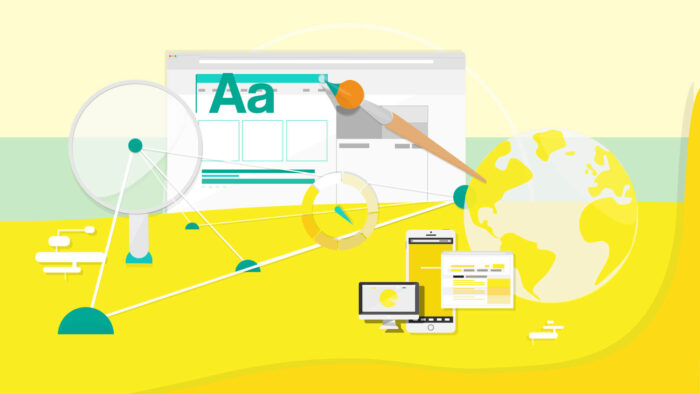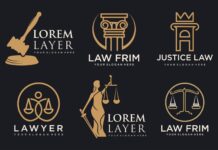
When you are creating a website, whether it is for a business or for education, you need to make sure that in order for it to be seen by as many as possible that it has good SEO.
Search Engine Optimization (SEO) involves optimizing a website to improve its position on search engines such as Google, Bing, and Yahoo. All search engines have their own algorithms, which they use to rate different websites on different criteria. Google bots will trawl your website, looking for fresh content, links that fail, and repetitiveness, amongst other things. The latest updates are all about the user experience, so there is more focus on the quality and usefulness of content and the relevance of links compared to how quickly content can be produced.
The user experience is now also focusing on making sure the website is accessible to as many people as possible. Accessibility is an important factor to consider when optimizing a website for SEO. Accessibility refers to making sure that a website is designed in a way that all users can easily access and navigate it, regardless of their physical abilities.
However, when it comes to ensuring that all people can see your website, there is more to it than simply ensuring that the text can be made larger!
In this article, some accessibility tools that websites need for SEO will be explored, so you can see where your website falls.
Alt Text

Alt text is a textual description of an image that is read by screen readers for users who are visually impaired or blind, and so it is listed highly as one of the most important accessibility tools on websites like top5accessibility.com. It is essential to include alt text on every image on your website. This way, search engines can index your website’s images and present them to users in search results (usually scoring your website higher on the search page rankings), while people with visual disabilities can receive descriptions of the displayed images.
Headers
Headers are important for both accessibility and SEO. They help organize content on a website and make it easier to navigate. Search engines use header tags (H1, H2, H3, etc.) to understand the structure of a page and its content.
Proper use of header tags can improve the readability of your website and make it more accessible to users with disabilities. If someone is using text-to-speech software, it avoids any confusion and enhances the layout of the article. Visually the article might be split up with images, but that means nothing to someone who is trying to ‘hear’ the screen.
Keyboard Navigation
Keyboard navigation is an essential feature for users who have difficulty using a mouse or touch screen. A website must be designed to allow users to navigate it using only the keyboard. This can be achieved by including keyboard shortcuts, using the tab key to move between links and interactive elements, and ensuring that all links and buttons are accessible via keyboard navigation. Testing this is easily done and can highlight problem areas and how difficult your website might be to someone who cannot use a mouse.
Descriptive Link Text

Descriptive link text provides context and helps users understand where the link will take them. It is essential to include descriptive link text on every link on your website. This way, users with disabilities can understand the purpose of the link and determine if they want to click on it.
Again this is searched for with the new search engine algorithm updates – the link should not be placed randomly in the text but be on descriptive words to indicate what the linked article will be about. For instance, a link for a money budget app should be linked on ‘technology to help budgets’ or ‘budgets apps that can help you save money’, rather than on ‘saving money is hard’ or even ‘cheap family meals are helpful’. This provides a much better user experience for everyone, not just those with accessibility needs.
Color Contrast
Color contrast is important for users with visual impairments or color blindness. A website must be designed with sufficient contrast between text and background colors. This can be achieved by using high-contrast colors, avoiding color combinations that are difficult to read, and using textures and patterns to differentiate between elements.
You should start thinking about color contrast when you design your website and even our logo – choosing to use colors for your image and branding which are already suitable is the best option. Have a look online to find ways you can check whether the colors you are considering are good options or whether a slightly different hue would make all the difference.
Text Transcripts

Text transcripts are text versions of audio or video content on a website. They are important for users who are deaf or hard of hearing. Text transcripts should be provided for all audio and video content on your website, including podcasts and webinars.
You should ensure that your text transcripts are easy to find on your website and that they are in relevant places near the visual content. If you put them on their own page, separate from the rest of the content, your website will not feel very inclusive and might even be hard or confusing to navigate. Having the transcript as an option next to the audio content will be the clearest and most accessible option for all.
Captions
Captions are text overlays that display the spoken dialogue in a video. They are essential for users who are deaf or hard of hearing. Captions should be provided for all video content on your website, including webinars, product demos, and promotional videos. There are options to put on text after the visual has been created, but going ahead, you should make sure that your captions and audio descriptions are included in the planning stage of the visuals you are creating – this will provide a better end result.
















